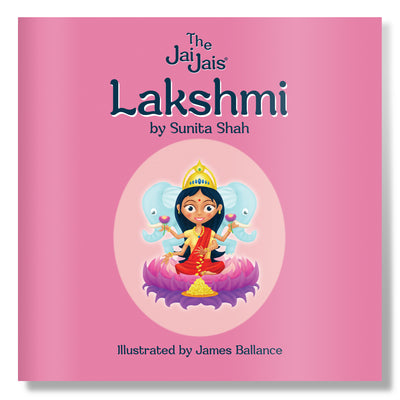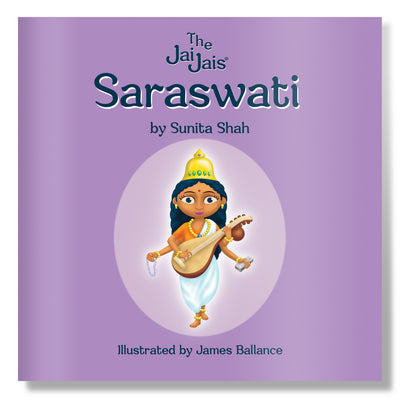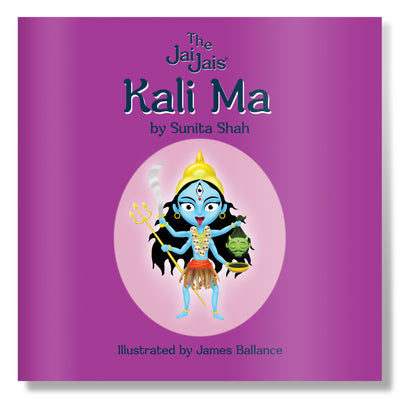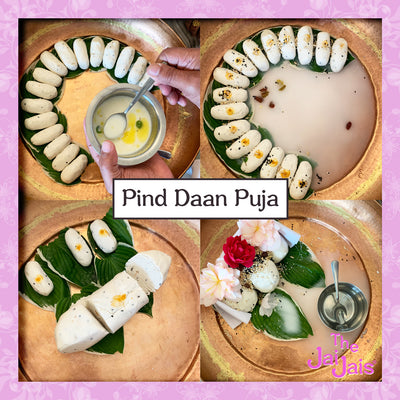The humble coconut, one of the hardest fruits growing in sandy soil, requiring little water or maintenance. In Hindi it is known as “Nariyal” which translate literally as, “fruit containing water”. In Sanskrit it is known as “Sirphal” which means “God’s fruit”.
One of the most common offerings in a temple is a coconut. It is also offered on occasions like weddings, festivals, the use of a new vehicle or home. The coconut is a symbol of good luck and prosperity. Every auspicious occasion begins with the breaking of the coconut. It is regarded as a symbol of Lord Ganesh who removes obstacles and helps us to succeed in any tasks we embark on.
It is said that the Sage Vishvamitra created the coconut. Its hard outer shell inspires us to work hard to achieve success. Coconut and coconut water are well known for their health benefits. It is used for food, Ayurveda and medicine. It is a rich source of Vitamins C, B and E and the minerals calcium, iron and phosphorus. Even the trunk and leaves are used in many ways like shelter. In the olden days they would even burn the shell and use it for tooth cleaning powder.
In Hindu worship one of the most common offerings is the coconut. The coconut is broken and placed at the deities feet. It is later given out as ‘Prasad’ a holy gift. When a coconut is broken at an entrance it symbolises the removal of negativity and brining positivity. The colour white inside the coconut symbolises purity.
Traditionally in worship the fibre of the coconut is removed except for a small tuft on the top. It makes it look like a head with a tuft of hair. When the coconut is broken it symbolises breaking of the ego. The water inside represents “Vasanas” our inner tendencies, the white flesh representing our mind. The three circles on the coconut are even thought to represent the three-eyed Lord Shiva and considered to be a means to fulfil our desires.












